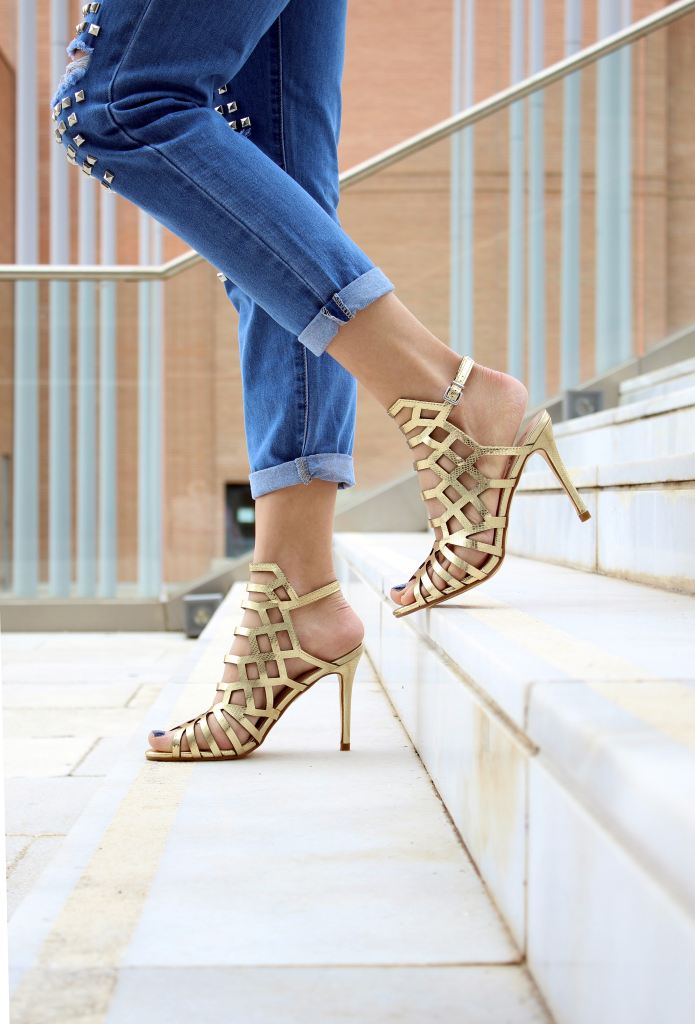Most high heels feel uncomfortable. Even with shoe inserts or elastic straps, your favorite pair of heels can still start nagging after a few hours. If you regularly wear heels, you’ve probably asked yourself “Could these be damaging my feet?” We asked Dr. Jason Bruse, Foot and Ankle Surgeon at Davis Family Physicians | Ogden Clinic if your preference for high heels has lasting health consequences.
No! But It’s Complicated
Dr. Jason Bruse’s surprising answer is “No”—with a few stipulations.
“Wearing heels alone will not cause prolonged damage to feet. However, if you have an existing foot disorder such as bunions or hammertoes, wearing high heels can exacerbate the problem.”
Women are known to have a higher incidence of bunions or pointing inward of the big toes causing the attached bone to push out. Bunions change the shape of the foot and cause swelling, tenderness, and pain. However, a 2013 Framingham Foot Study examined this topic and concluded that bunions and similar foot disorders are “highly inheritable” meaning your genes are to blame, not necessarily your pumps.“High heels with a very narrow toe box are the worst offenders,” says Dr. Bruse. “They put pressure on the toes which will make bunions and other problems worse.”
Heels May Actually be Beneficial for Some
Some foot problems can actually be improved with a high-heeled shoe. According to Dr. Bruse, “Plantar fasciitis is one condition that can be helped by wearing high heels. Patients often admit that their heel pain improves with higher heeled shoes. The same is true for some Achilles tendon problems. We will advise higher heeled shoes in some Achilles tendon injuries.”
High heels and Foot-related Injuries

While we can’t blame high heels for causing injuries, they’re certainly not helping. Be cautious about the height and type of heel you choose to wear or you may end up with a sprained ankle. If you’re prone to clumsiness or planning to spend a lot of time on your feet, opt for lower heels (under 3 inches). Stilettos can set you up for a quick fall, so Dr. Bruse recommends choosing a sturdier heel, such as a stacked heel or a wedge.
How to Take Care of Your Feet if You Regularly Wear Heels
These are a few smart measures that can help you avoid foot strain or pain while wearing heels.
Opt for Comfort
Shop for shoes in-store so that you can try them on first. Like Dr. Bruse mentioned earlier, narrow toe boxes or very tall heels tend to exacerbate foot problems the most.
Switch it Up
Alternate the shoes you wear rather than wearing the same pair for several days. Choose a variety throughout the week: Heels, flats, and supportive shoes.
Choose Traction
Heels with soft leather or flocked bottom are a disaster waiting to happen. When shoe shopping, pay attention to the outsoles and choose rubber soles with traction whenever possible.
Get a Good Stretch
Regularly stretching your feet is a great idea to help foot pain and prevent future problems. Yoga poses like downward dogs do a great job at stretching feet and ankles. You can also perform a heel stretch at work or roll a soft tennis ball back and forth underneath your foot a couple of times per week.
***

Dr. Jason Bruse is a Foot and Ankle Surgeon at Davis Family Physicians | Ogden Clinic in Layton. He specializes in all types of foot conditions from skin or nail problems to complex reconstructive surgeries. Schedule a visit online here.




.4).2511050842400.png)
.jpg.2511241144379.webp)